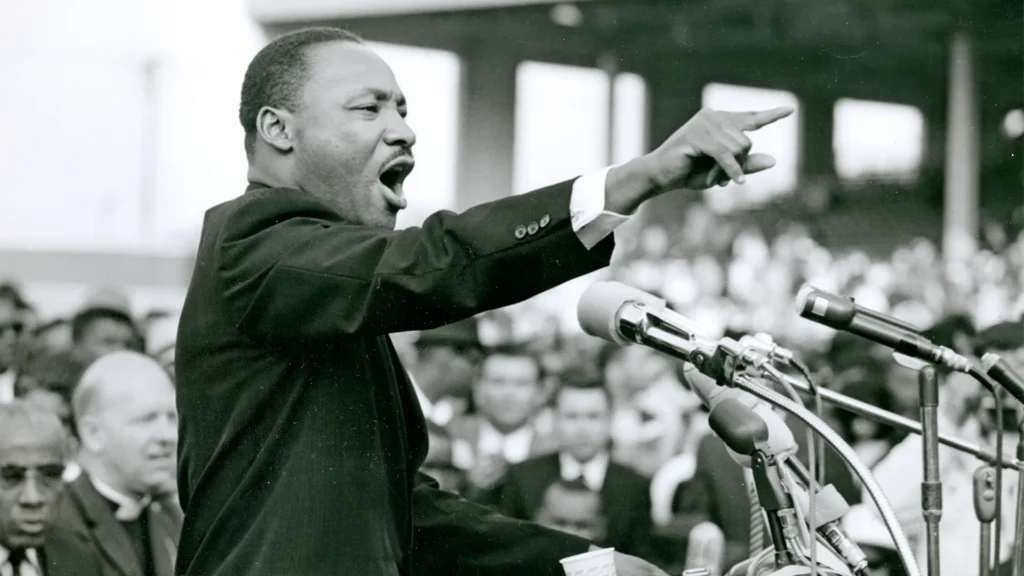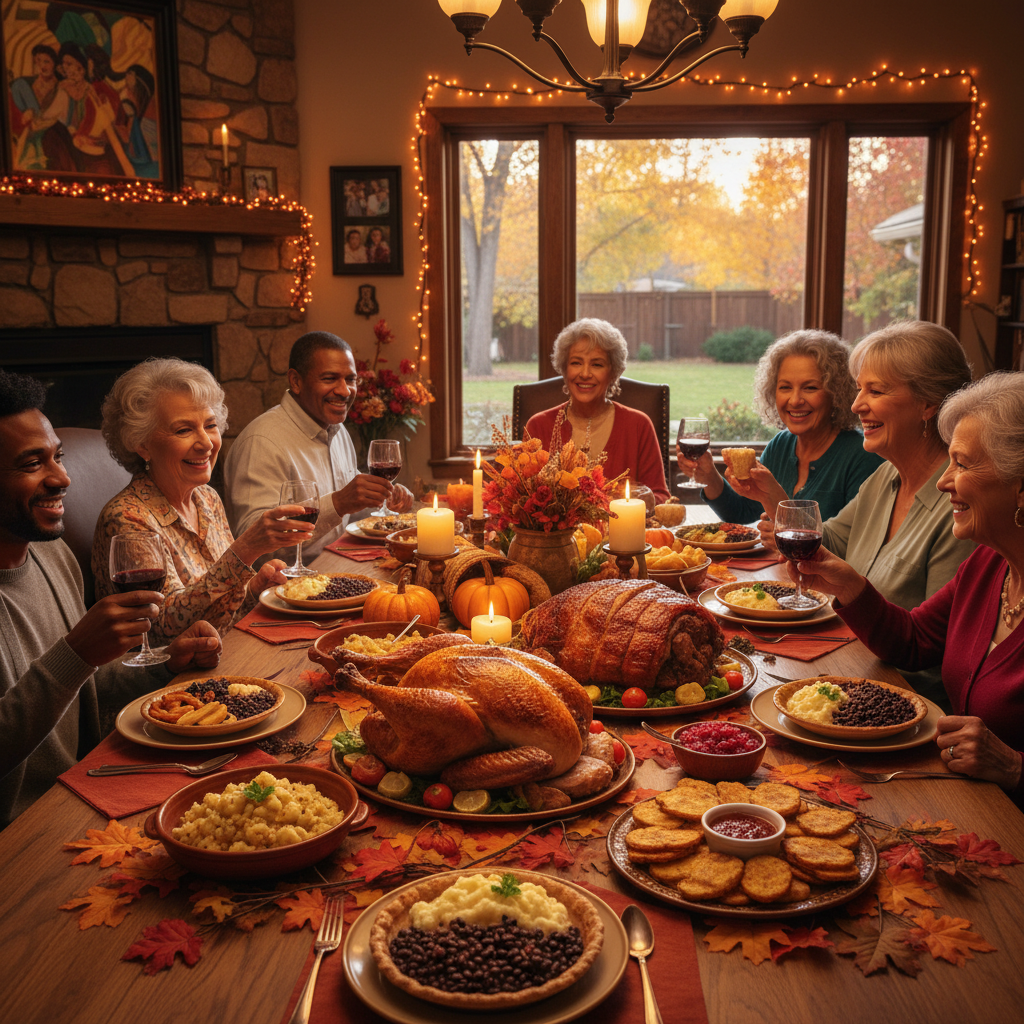As I sat down to enjoy a plate of ropa vieja at my favorite Cuban restaurant, I couldn’t help but think about how the journey of this rich dish intersected with the civil rights movement led by Martin Luther King Jr. While it might seem like a stretch to think about these two subjects together, the influence of King’s ideals transcends mere chronology, resulting in vibrant cultural exchanges that continue to shape our palates today.
A Taste of History: Know Your Roots
Cuban culture is a vibrant tapestry woven from various threads. It’s not just about the food; it’s about the stories, the people, and the history behind every dish. When I think of Cuban cuisine, I think of the rich blend of Spanish, African, and indigenous Taino influences. Each ingredient tells a story, each recipe carries a memory. Isn’t it fascinating how food can connect us to our roots?
Cuban Culture and Its Diverse Influences
Cuban culture is a unique blend of traditions. Here are some key influences:
- Spanish Heritage: Spanish colonizers brought their culinary techniques and ingredients, like rice and beans.
- African Roots: Enslaved Africans contributed spices and cooking methods, creating dishes that resonate with flavor.
- Taino Legacy: The indigenous Taino people introduced local ingredients like cassava and sweet potatoes.
This fusion creates a culinary landscape that is as diverse as the island itself. Each meal is a celebration of history and culture. When I sit down to a Cuban meal, I feel the weight of this rich heritage. It’s not just about eating; it’s about experiencing a culture.
Historical Significance of Food During the Civil Rights Movement
Food has always played a pivotal role in social movements. During the civil rights movement, it was a form of protest and unity. People gathered around tables to share meals, fostering community and solidarity. In many ways, food became a symbol of resistance. It was a way to preserve culture in the face of oppression.
Think about it: when we share a meal, we share our stories. Food can bridge divides. It can bring people together for a common cause. Just as Martin Luther King Jr. fought for equality, food has been a vehicle for change. It’s a reminder that our roots run deep, and our cultures are worth celebrating.
Personal Anecdote: My First Cuban Family Meal
I still remember my first Cuban family meal. The aroma of ropa vieja wafted through the air. This shredded beef dish, simmered in a tomato sauce, was a revelation. It was unlike anything I had tasted before. The flavors danced on my palate. As I sat around the table, I felt an overwhelming sense of belonging.
My family shared stories, laughter, and, of course, food. We had arroz con pollo, a classic dish of rice and chicken, seasoned to perfection. Each bite was a connection to my heritage. I realized then that food is not just sustenance; it’s a reminder of who we are and where we come from. As an unknown author once said,
“Food is not just what we eat; it’s a reminder of who we are and where we come from.”
This meal was more than just a feast; it was a celebration of identity. It was a moment where history and culture intertwined, creating a rich experience I will never forget. In that moment, I understood that food carries the weight of our past while nourishing our present.
The Evolution of Cuban Cuisine
The evolution of Cuban cuisine reflects the island’s turbulent history. Each dish tells a story of struggle and resilience. From the colonial era to the present day, Cuban food has adapted and transformed. It embodies the spirit of the people.
As we explore these flavors, we see echoes of broader social justice themes. Just as Martin Luther King Jr. championed equality, Cuban cuisine represents a fight for cultural recognition. It’s a reminder that every bite carries a legacy. Isn’t it amazing how something as simple as food can hold so much meaning?
In conclusion, understanding Cuban cuisine is about more than just the ingredients. It’s about the history, the culture, and the connections we make over shared meals. Each dish is a testament to resilience and a celebration of our roots. So, the next time you savor a Cuban dish, remember the stories it holds and the history it represents.
The Culinary Impact of Social Justice Movements
Food is more than just sustenance. It has become a powerful symbol of resistance. Think about it: when we gather around a table, we share more than just a meal; we share stories, struggles, and solidarity. This concept resonates deeply with the teachings of Martin Luther King Jr., who often highlighted the importance of communal gatherings in his speeches. He believed that coming together could spark change.
How Food Became a Symbol of Resistance
Throughout history, food has played a pivotal role in social justice movements. It serves as a tool for unity and a means to express dissent. For example, during the Civil Rights Movement, food was not just about nourishment. It became a way to protest against inequality. Sit-ins at segregated lunch counters were not merely about eating; they were acts of defiance. People used food as a way to claim their rights. They gathered, they shared meals, and they made a statement.
In times of struggle, food has a unique ability to bring people together. It fosters community. It builds bridges. When we share a meal, we break down barriers. We create a sense of belonging. This is especially true in marginalized communities, where food can be a lifeline. It can help people feel connected to each other and to their shared history.
Examples of Community Kitchens Inspired by King’s Legacy
One of the most profound legacies of Martin Luther King Jr. is the establishment of community kitchens. These kitchens serve as meeting points for activism, especially in the Cuban-American community. They provide not just food, but also a space for dialogue and action.
- Community Kitchen Initiatives: Many cities have embraced the concept of community kitchens. These kitchens offer free meals to those in need, while also serving as a hub for organizing social justice efforts.
- Food as a Tool for Change: In these kitchens, individuals come together to prepare meals, share resources, and discuss issues affecting their communities. They are places where people can voice their concerns and collaborate on solutions.
- Examples in Action: For instance, some kitchens have organized food drives, cooking classes, and health workshops. They empower individuals to take charge of their well-being while fostering a sense of community.
These initiatives are a direct reflection of King’s philosophy. They embody the idea that food can be a catalyst for change. When people come together to share a meal, they also share their experiences and aspirations. They build a collective vision for a better future.
Personal Experience: Volunteering at a Community Meal Program
I had the opportunity to volunteer at a community meal program last year. It was an eye-opening experience. I arrived expecting to simply serve food. What I found was a vibrant community of individuals coming together to support one another.
As I helped prepare meals, I listened to stories of resilience and hope. People shared their struggles, but also their victories. There was laughter, camaraderie, and a sense of purpose in the air. It was more than just feeding people; it was about creating a space where everyone felt valued.
One moment stands out to me. A woman approached me and said, “This meal is more than just food. It’s a reminder that we are not alone.” Her words struck a chord. They encapsulated the essence of what we were doing. We were not just serving meals; we were serving a sense of belonging.
In the spirit of Martin Luther King Jr., I realized that food can indeed be a powerful form of resistance. It can unite us, inspire us, and empower us to advocate for change. As King famously said,
“Injustice anywhere is a threat to justice everywhere.”
This quote resonates deeply, especially in the context of community kitchens and meal programs. They are a testament to the idea that when we come together to break bread, we are also breaking down the walls of injustice.
Food plays a crucial role in uniting communities, especially during times of struggle. It connects us to our roots and to each other. Just as King envisioned, our collective action can create a more just and equitable society.
Cuban Food as a Cultural Connector
Bringing Disparate Cultures Together
Cuban food is more than just a meal; it’s a vibrant tapestry woven from the threads of various cultures. When I think about the power of food, I often wonder: how can something so simple unite us? The answer lies in the shared experience of eating together. Food has this magical ability to bring people from different backgrounds to the same table. It creates a space where stories are exchanged and laughter fills the air.
In Cuba, you can taste the influences of Spanish, African, and Caribbean cuisines all in one bite. Each dish tells a story of migration and adaptation. For instance, the classic Ropa Vieja—a shredded beef dish—reflects the Spanish heritage, while black beans and rice showcase African roots. It’s a delicious reminder that we are all part of a larger narrative.
The Fusion of Flavors as a Metaphor for Unity
Have you ever thought about how flavors blend together in a dish? It’s similar to how people from different cultures come together. In Cuban cuisine, the fusion of flavors serves as a metaphor for unity. Imagine the sweet plantains paired with savory pork, or the zesty lime in a refreshing mojito. Each ingredient complements the other, creating a harmonious balance. This balance is what we strive for in society—a place where everyone contributes their unique flavor.
Cuban cuisine embodies the ideals of unity and equality that Martin Luther King Jr. championed. Just as diverse ingredients come together to create a delicious meal, people from different backgrounds can unite for a common cause. The act of sharing a meal becomes a powerful symbol of solidarity. As someone who has experienced this first-hand, I can attest to the joy it brings.
My Travel Story: Discovering Cuban Street Food in Miami
During my recent trip to Miami, I had the chance to dive into the vibrant world of Cuban street food. The streets were alive with colorful food trucks and lively vendors. The aroma of grilled meats and spices wafted through the air. I couldn’t resist the temptation to explore. Each bite was a revelation.
One evening, I found myself at a bustling street fair. I ordered a classic Cuban sandwich—layers of marinated pork, ham, Swiss cheese, pickles, and mustard pressed between two slices of Cuban bread. As I took my first bite, I felt a surge of connection. It was as if I was tasting the rich history of Cuba itself. The flavors danced on my palate, telling stories of resilience and joy.
Street food isn’t just about the food; it’s about the experience. I remember chatting with the vendor, an older gentleman who shared stories of his childhood in Havana. He spoke of how food brought his family together, even during tough times. It was a reminder that food transcends borders and speaks a universal language.
“The table is a place of gathering and solidarity, where divisions fade and flavors mingle.” – Unknown
Cuban Cuisine: A Narrative of Inclusivity
Cuban cuisine serves as both a meal and a narrative of the island’s journey. Each dish reflects the struggles and triumphs of its people. It reinforces King’s vision of inclusivity and togetherness. When we sit down to eat, we are not just nourishing our bodies; we are feeding our souls. We are creating bonds that can last a lifetime.
In a world that often feels divided, Cuban food reminds us of the beauty of connection. It invites us to gather around the table, share stories, and celebrate our differences. So, the next time you enjoy a meal, think about the flavors and stories behind it. Remember that food has the power to unite us, one bite at a time.
TL;DR: This post uncovers the unexpected links between Martin Luther King Jr. and Cuban food culture, illustrating how the fight for civil rights has enriched culinary traditions and fostered community through shared meals.




